Beautiful Plants For Your Interior
Beautiful Plants For Your Interior
Picture your garden bursting with vibrant color while your neighbors’ yards are still waking up from winter. These 10 stunning spring flowers will transform your outdoor space into a breathtaking display weeks before other gardens bloom. Whether you’re a seasoned gardener or just starting out, you’ll discover exactly which flowers to plant now for the most spectacular spring show in your neighborhood.
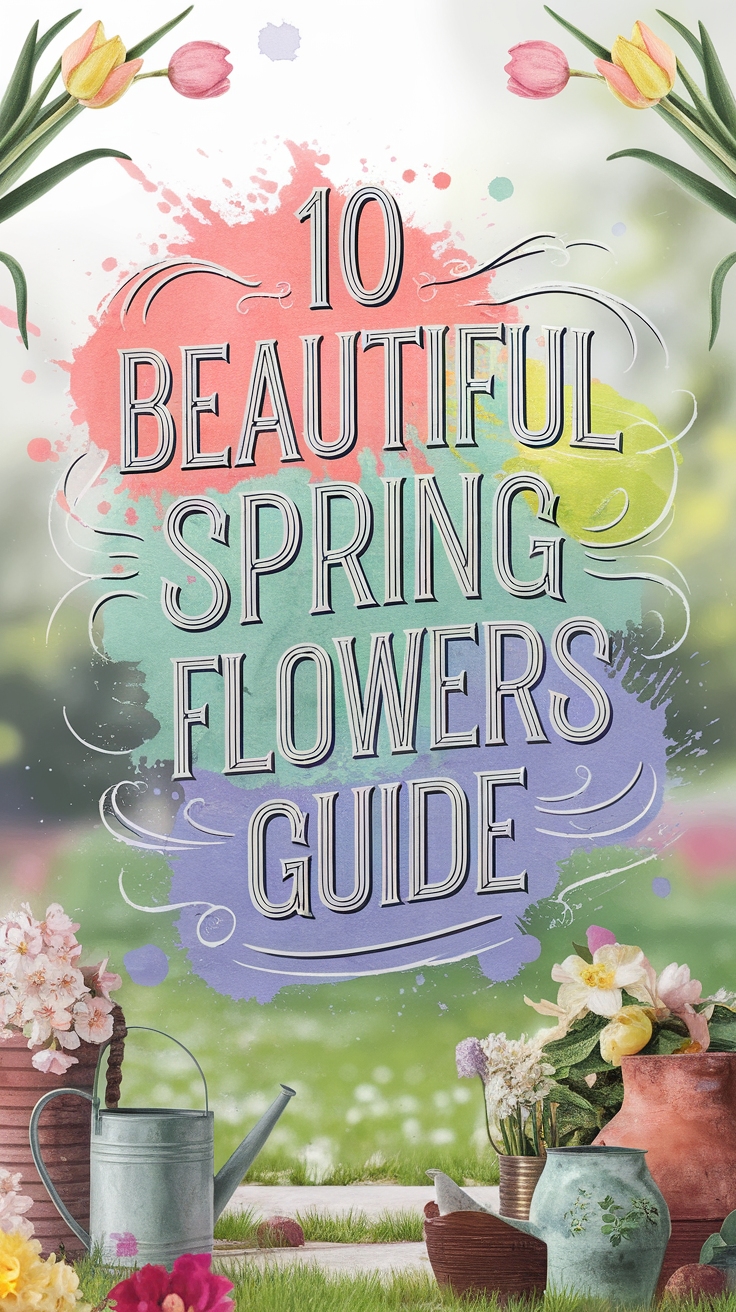
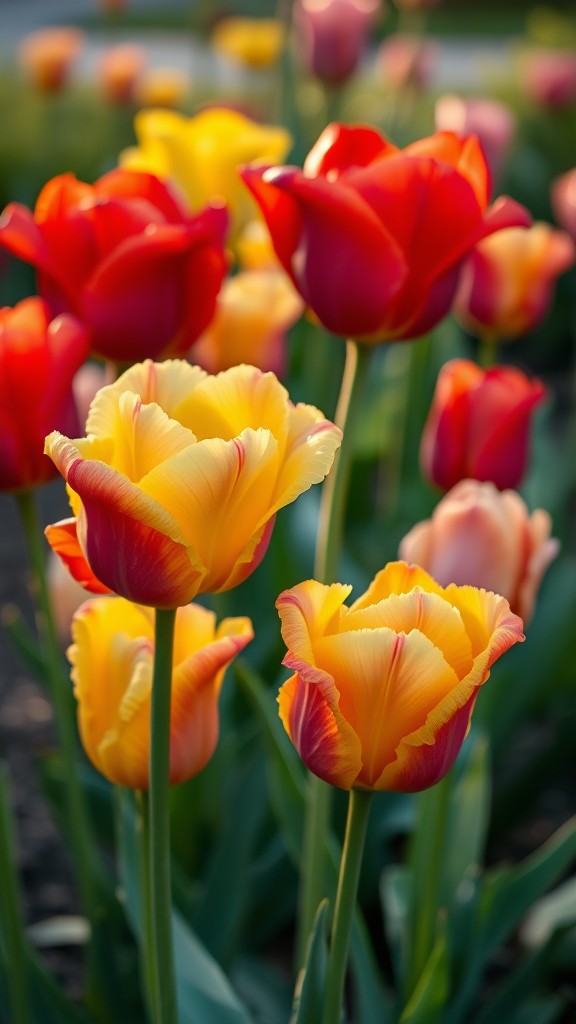
Nothing says spring quite like tulips! These cheerful flowers come in almost every color you can imagine, from bright fire-engine red to deep purple-black. You can plant them once and enjoy their beautiful blooms year after year.
Want to create a show-stopping garden display? Plant tulip bulbs in groups of 7-12 for the biggest impact. I love mixing different colors together – try pairing pink with white or orange with purple for eye-catching combinations. Here’s a fun fact: tulips keep growing even after they’re cut, sometimes growing an extra inch in the vase!
The best time to plant tulip bulbs is in fall, about 6 inches deep. Pro tip: sprinkle some crushed eggshells in the planting hole – this adds calcium to the soil and keeps pesky squirrels from digging up your bulbs. Your reward will be gorgeous blooms that pop up just as spring arrives.
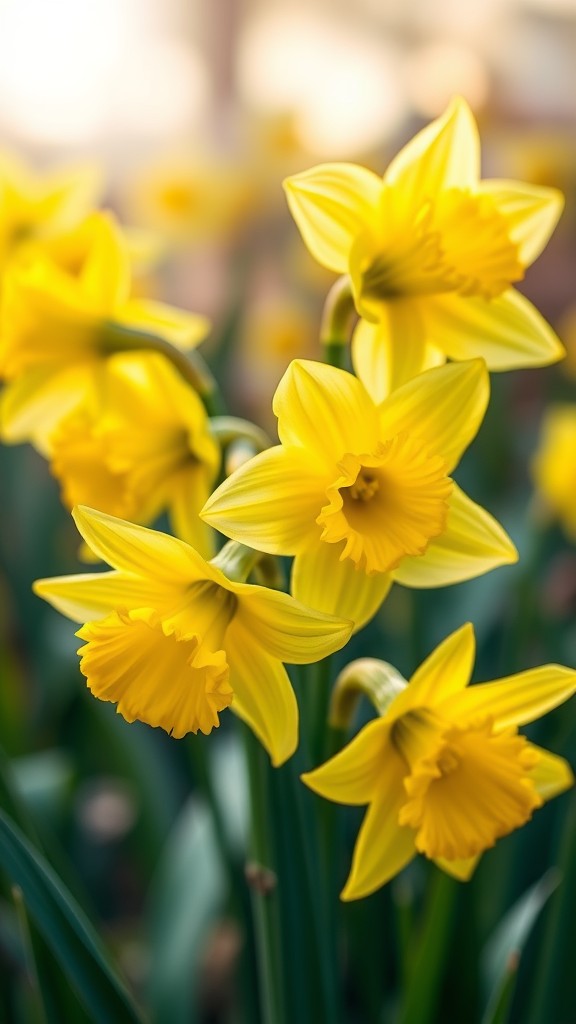
Nothing says spring like daffodils! These bright yellow flowers are usually the first to pop up through the late winter snow, sometimes as early as February. Their sunny faces are like nature’s way of saying "winter’s almost over!"
You can plant daffodil bulbs almost anywhere – they’re super easy to grow and deer won’t eat them (they’re actually poisonous to animals, which is pretty clever of nature!). I love planting them along walkways or in clusters under trees. Just pop the bulbs in the ground about 6 inches deep in fall, and they’ll surprise you next spring.
Here’s a cool trick: plant them in groups of at least 7 bulbs for the most dramatic effect. They’ll multiply on their own over the years, creating beautiful natural drifts of yellow. Plus, you can bring some spring cheer indoors – just cut a few stems when the buds are still closed, and they’ll open up beautifully in a vase.
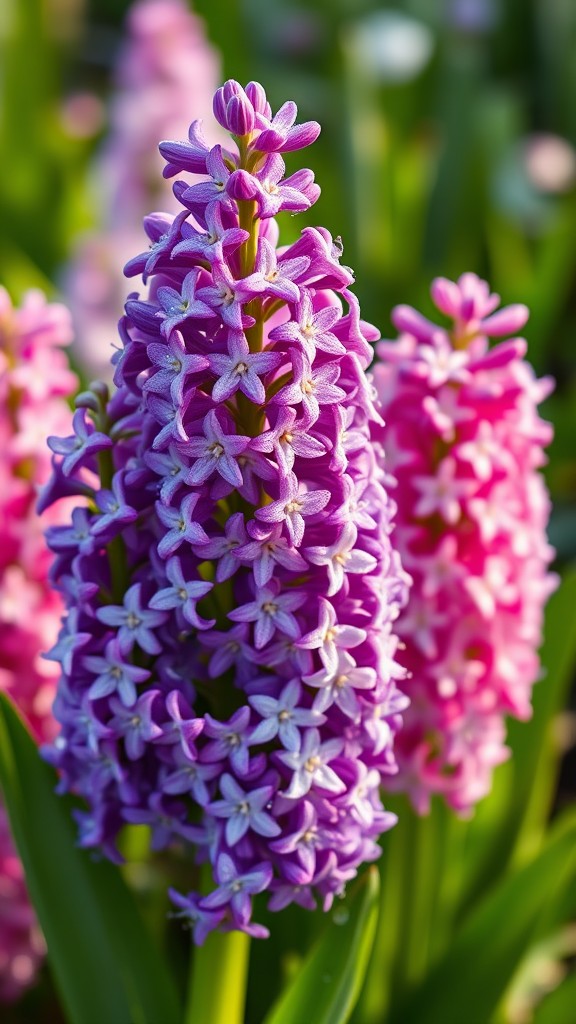
Want to fill your spring garden with amazing fragrance? Hyacinths are your answer! These gorgeous flowers grow in tight clusters that look like little grape bundles, and they come in stunning colors like deep purple, soft pink, and pure white. Their sweet perfume is so powerful that a single flower can scent your whole garden.
You can easily grow hyacinths in pots or right in your garden bed. Here’s a cool trick: plant them in groups of 5-7 bulbs for the biggest impact. Plant the bulbs in fall, about 4 inches deep, and you’ll have beautiful blooms by early spring. Did you know that hyacinth bulbs were once so valuable in Holland that they cost as much as a house?
For the best fragrance, try the classic ‘Blue Jacket’ variety – it’s my personal favorite and super reliable. Just remember to wear gloves when planting because hyacinth bulbs can irritate your skin. These flowers are perfect for lining walkways or placing near windows where you can enjoy their sweet scent.
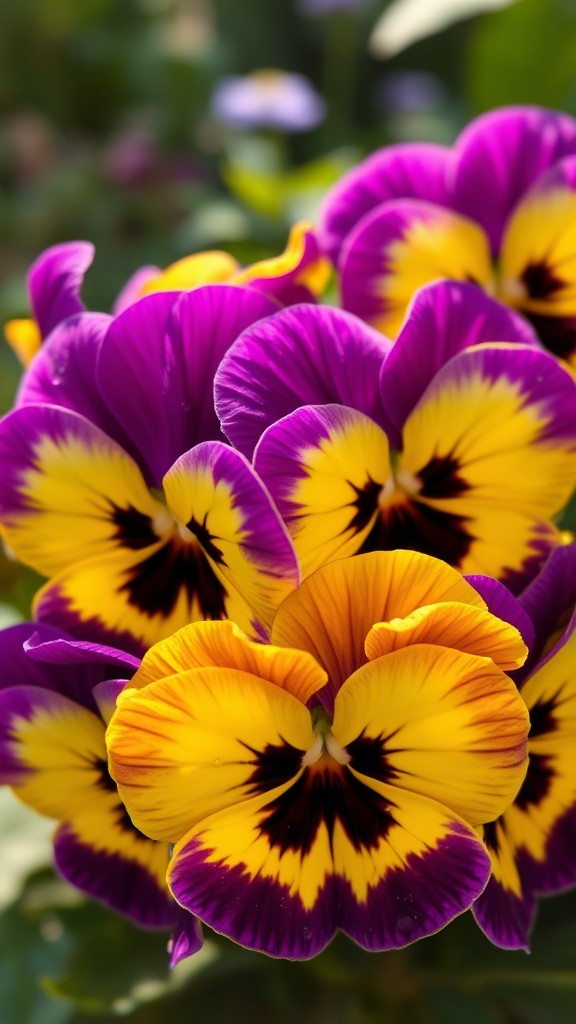
Want to add instant color to your spring garden? Pansies are your perfect pick! These cheerful little flowers with their sweet face-like blooms can handle chilly weather and will keep flowering even if there’s a light frost.
You can plant pansies as soon as the soil can be worked in early spring. Here’s a cool fact: pansies actually prefer temperatures between 45-65°F and will bloom longer in cooler weather. I love planting them in containers near my front door, where their bright purples, yellows, and oranges create an instant welcome.
For the best results, plant your pansies in well-draining soil and give them plenty of morning sun. Pro tip: Remove spent flowers (called deadheading) every few days, and your pansies will keep producing new blooms for weeks. They’re perfect for filling those empty spots in your garden while waiting for other spring flowers to wake up.
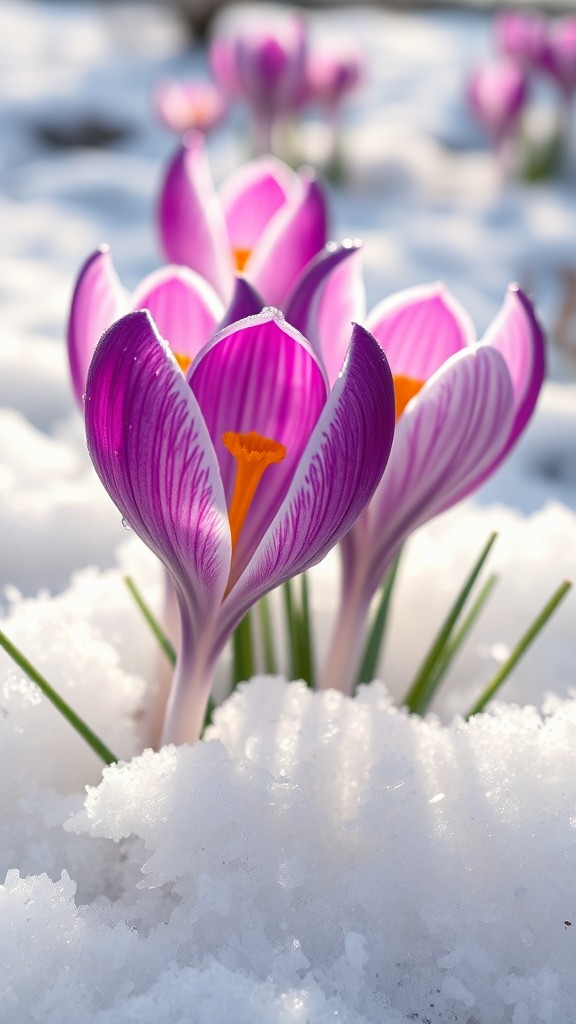
Nothing says "spring is here!" like seeing those cheerful purple, yellow, and white crocus blooms pushing through the last bits of snow. These tough little flowers are often the first sign of spring in your garden, sometimes blooming as early as February!
You can plant crocus bulbs (technically called "corms") in fall, about 4 inches deep in well-draining soil. Here’s a cool trick: scatter them across your lawn and plant them where they land for a natural look. The flowers will pop up through your grass before it starts growing, creating a magical spring meadow effect.
Fun fact: Crocus flowers are smart – they close up at night and on cloudy days to protect their pollen, then open again when the sun comes out! For the best show, plant them in groups of 10-15 bulbs. They’ll multiply over the years, giving you more blooms each spring.
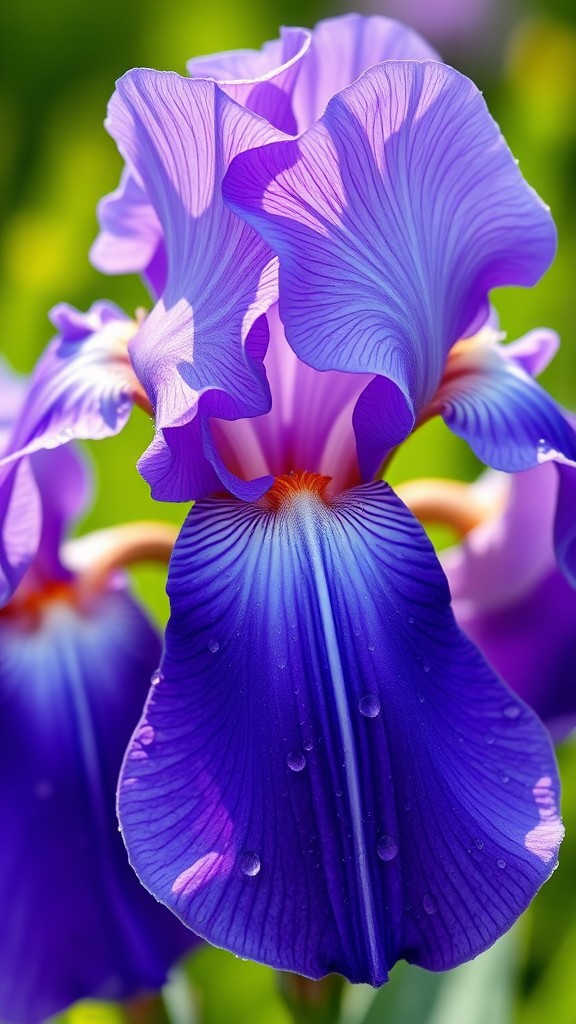
Imagine planting a flower that looks like it’s wearing a fancy ball gown! Iris flowers bring exactly that kind of elegance to your spring garden, with their ruffled petals dancing in the breeze. These show-stopping blooms come in nearly every color you can think of, from deep purple to bright yellow.
You can plant iris bulbs in fall for a gorgeous spring display, and here’s a cool trick: plant them in groups of three or five for the most eye-catching effect. Most iris varieties only need about 4-6 hours of sun to thrive, making them perfect for partly shaded spots in your garden. Did you know that some iris varieties actually smell like grape candy?
For the best results, plant your iris bulbs just 4 inches deep and make sure the soil drains well. These hardy flowers will come back year after year, multiplying on their own to give you even more beautiful blooms each spring.
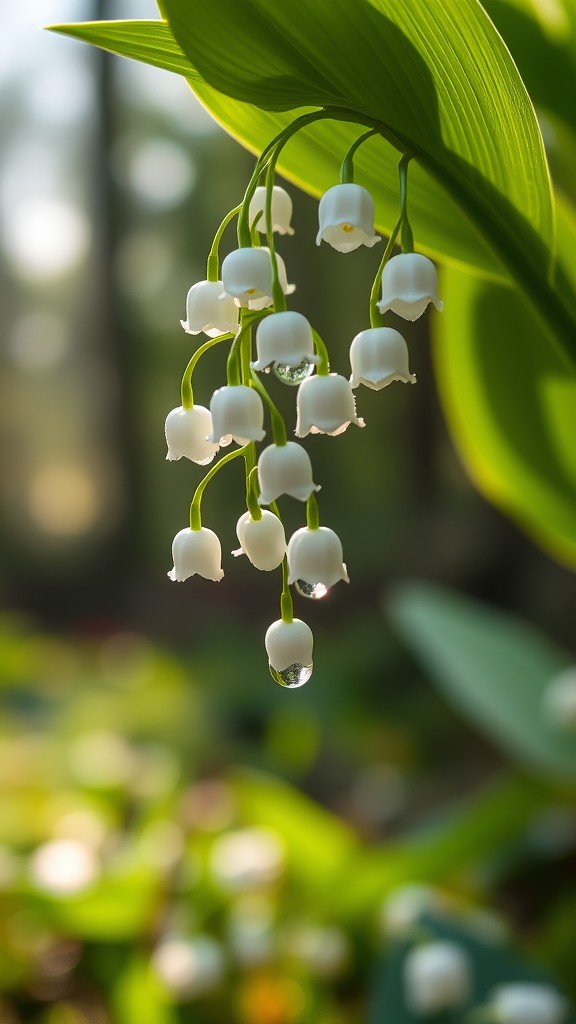
These charming little flowers look just like tiny white bells dangling from bright green stems. You’ll love how Lily of the Valley creates a magical carpet of sweet-smelling blooms in shady spots where other flowers struggle to grow.
Plant these hardy perennials in early spring, and they’ll reward you with the most amazing vanilla-like fragrance every May. I always plant them near garden benches or along pathways where their delightful scent can be enjoyed up close. Fun fact: These dainty flowers were featured in Princess Kate’s royal wedding bouquet!
Quick growing tip: Give your Lily of the Valley a boost by adding a layer of rich compost when planting. They love moist, well-drained soil and will spread naturally over time, making them perfect for filling in shady corners under trees or along north-facing walls.
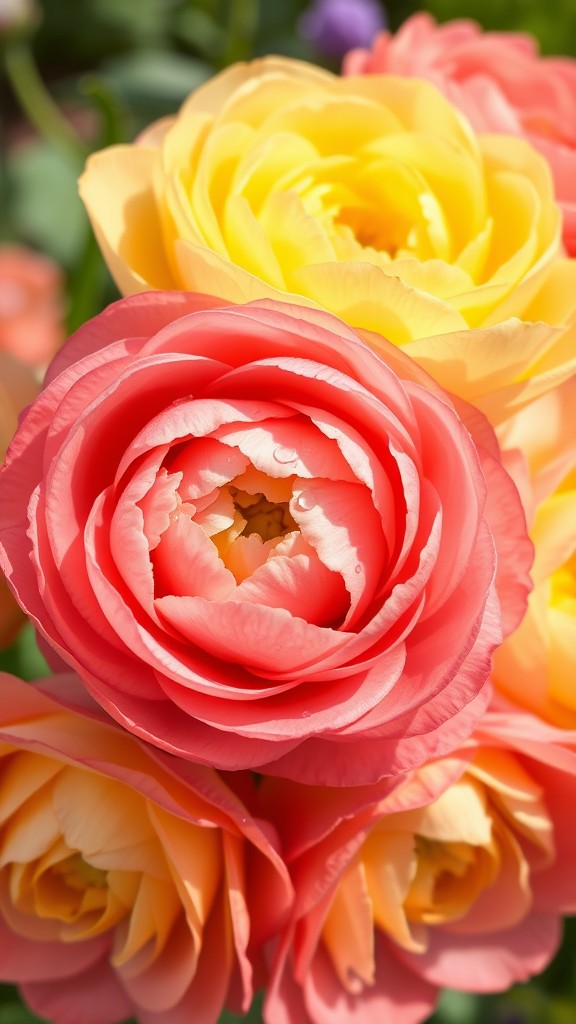
Want gorgeous flowers that look like tiny roses but cost way less? Ranunculus might be your new garden favorite! These stunning blooms come in every color from bright coral to deep burgundy, and each flower has dozens of delicate, paper-thin petals.
You can plant these beauties in early spring, and they’ll reward you with 6-8 weeks of non-stop flowers. Here’s a cool fact: a single ranunculus plant can produce up to 40 blooms! I love planting them in groups of 10-15 bulbs for the biggest impact.
For the best results, plant your ranunculus bulbs (actually called "corms") about 2 inches deep in well-draining soil. They’re perfect for both garden beds and containers, and they make amazing cut flowers that can last up to 10 days in a vase. Just remember to give them plenty of sun and water regularly!
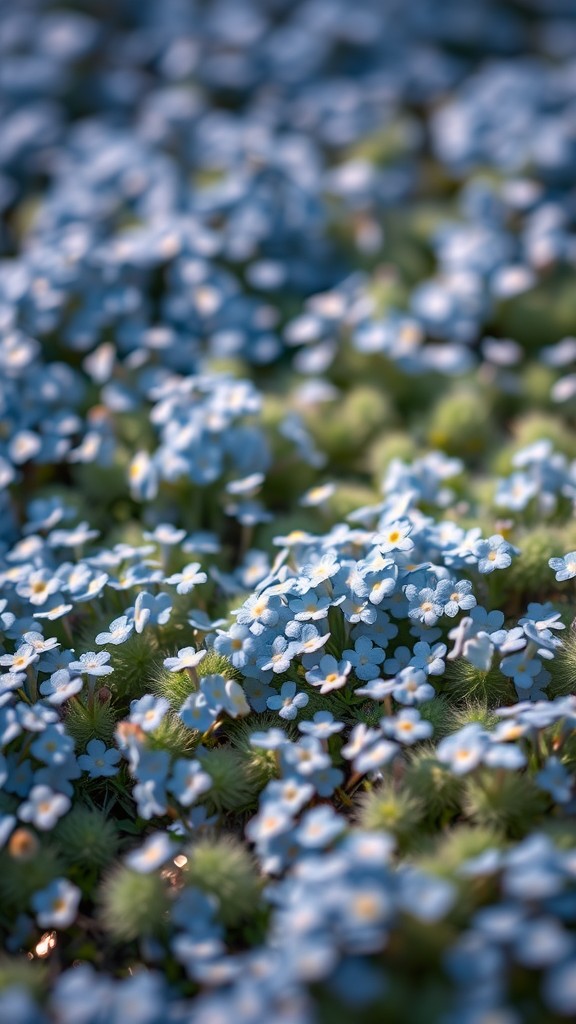
These sweet little blue flowers are like tiny stars scattered across your garden! Forget-me-nots are super easy to grow and will spread naturally, creating a beautiful carpet of sky-blue blooms that last for weeks in spring. I love how they pop up between other plants and add charm to any shady spot.
You can start forget-me-nots from seed right in your garden – just sprinkle them where you want them to grow and keep the soil moist. They’re perfect companions for spring bulbs like tulips and daffodils, growing around their feet to hide fading foliage. Here’s a fun fact: these flowers got their name from a medieval German legend about a knight who fell into a river while picking them for his lady!
For the best results, plant them in partial shade and give them regular water. They’ll thank you by coming back year after year, spreading their cheerful blooms throughout your garden. Just remember to leave some flowers to go to seed if you want them to return next spring.
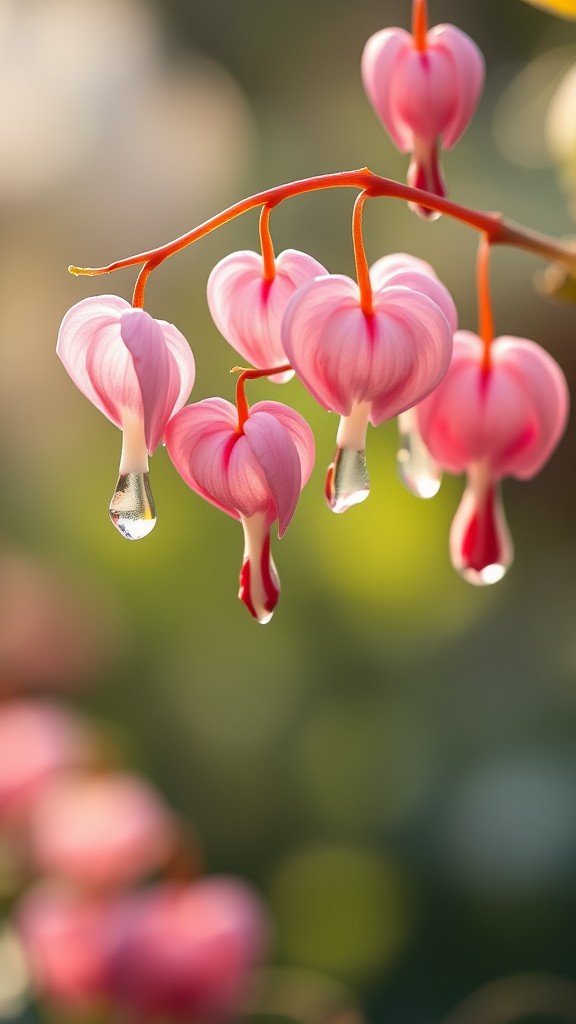
Looking for a flower that literally wears its heart on its sleeve? Bleeding Hearts are nature’s most romantic blooms, with their perfectly shaped pink or white hearts dangling like tiny Valentine’s Day cards from graceful stems.
These charming flowers will add a magical touch to your spring garden, especially in those shady spots where other plants struggle. I love planting them near garden benches or pathways where you can get up close to admire their unique shape. Here’s a fun fact: each tiny heart "breaks" open when it’s fully bloomed, revealing inner petals that look like tiny drops!
Plant these beauties in early spring, and give them rich, well-draining soil. They’re surprisingly low-maintenance and will come back year after year, spreading slowly to create a lovely patch of hearts. Just remember to keep the soil moist but not soggy – think of it as giving your hearts just enough love, but not drowning them with attention.